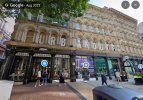BrummieGeoff
Sparkhill Lad
Viv : I think the surname is Gottwaltz .... but it's not a common Brummie name and it has been misinterpreted (by me and others).
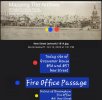
These are great photos Viv!Been trying to get a better sense of how the section of the 1814 view (post #351) showing the Post Office on New Street compares today. I think this is how it compares. Feel free to correct me if I'm wrong. Thanks.
I think today, Grosvenor House occupies the site at #56 and #57. It's Grade II listed.
View attachment 211147
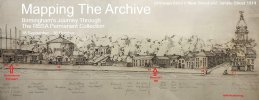
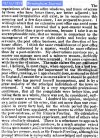
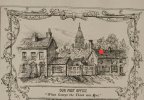

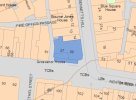
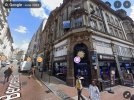
Further developing Geoff's labelling in post #542. Was this the site of #53 ? It's next to the mail coach gateway. #53 New Street was occupied by Mr C.Grafton (or Graston ?) in 1813. (This building was labelled as Dore Boot & Shoe Maker on the 1814 sketch in post #531 ).
A little tricky to be precise here as I'm unsure how much of the mail coach gateway (and possibly building(s)?) would have disappeared to make way for Bennetts Hill.
View attachment 211175
View attachment 211181
View attachment 211177
View attachment 211179
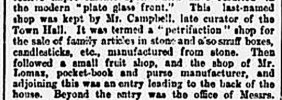

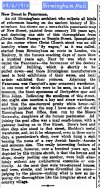

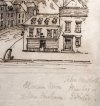
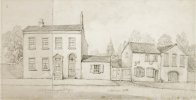
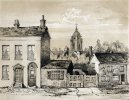
Two extracts from memories in 1817 recorded in press cutting post #363 on this thread (for full article)
https://birminghamhistory.co.uk/forum/threads/new-street-city-centre-birmingham.38783
More questions:
Could this be Mr Campbell noted on the 1814 drawing ?
Mr Dore was a cobbler according to the second extract, occupying a cottage similar to a lodge. Could the 'garden wall' be the one longside the mail coach gateway ?
View attachment 211217
View attachment 211219
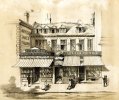
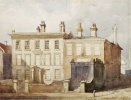
................Here's another sketch of the same site - focussing on No's 40 and 39 - dated c1865.
View attachment 211719
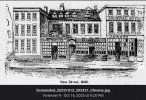 I'm wondering if the building behind the frontages of #39 -#40 (Underhill's and Cornishes) was once a late medieval or early tudor house ? (New Street was first recorded in 1397 and may be even earlier). I think it's mentioned in the early history extract in post #557. (I found the description confusing).
I'm wondering if the building behind the frontages of #39 -#40 (Underhill's and Cornishes) was once a late medieval or early tudor house ? (New Street was first recorded in 1397 and may be even earlier). I think it's mentioned in the early history extract in post #557. (I found the description confusing).